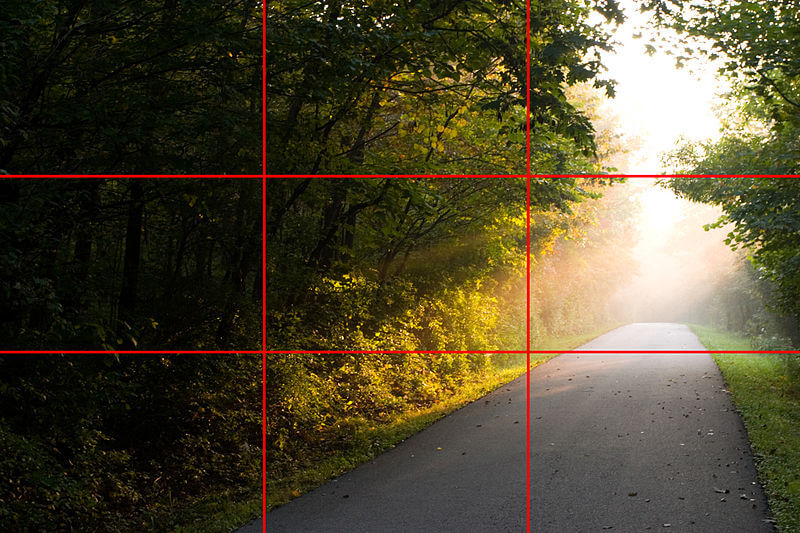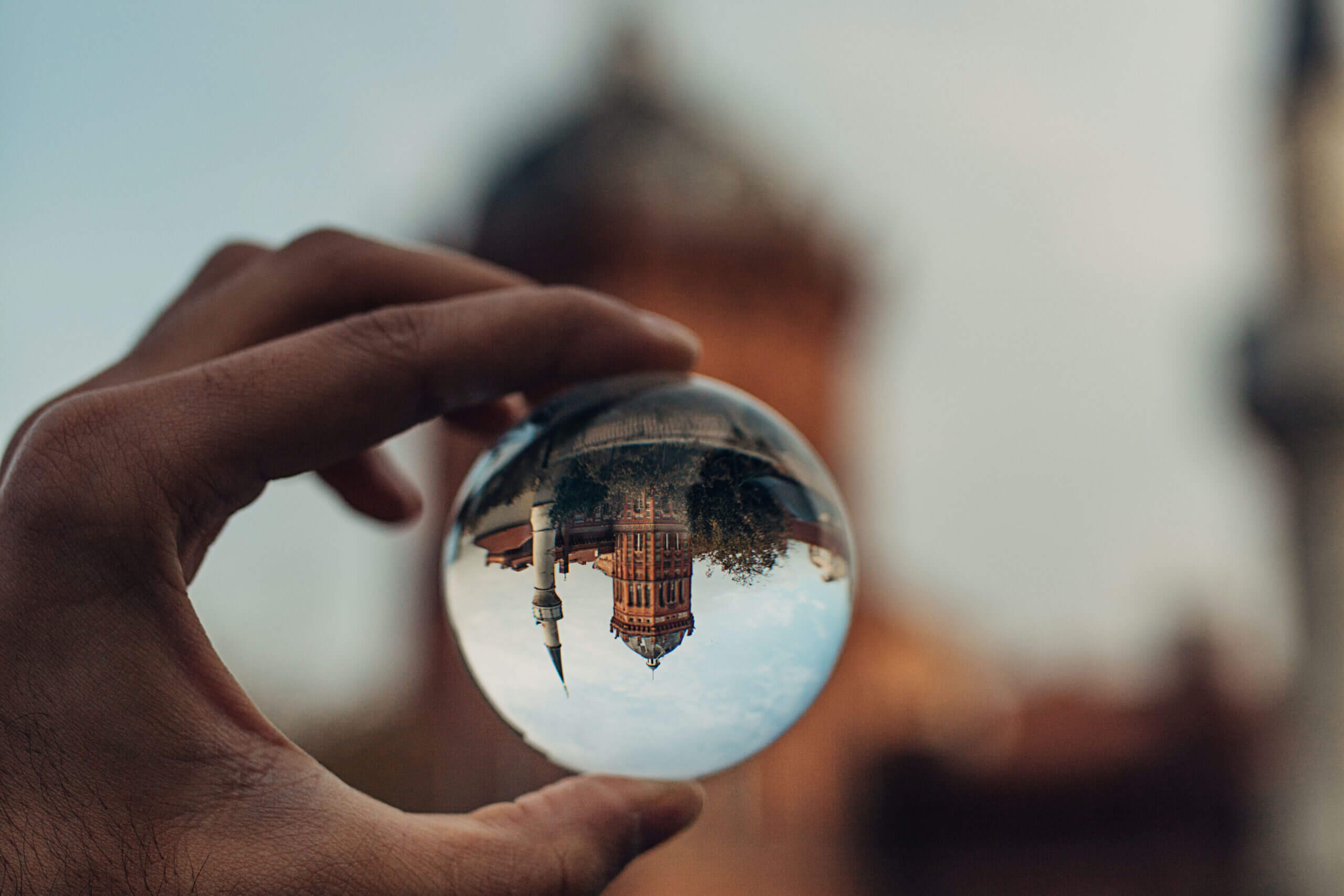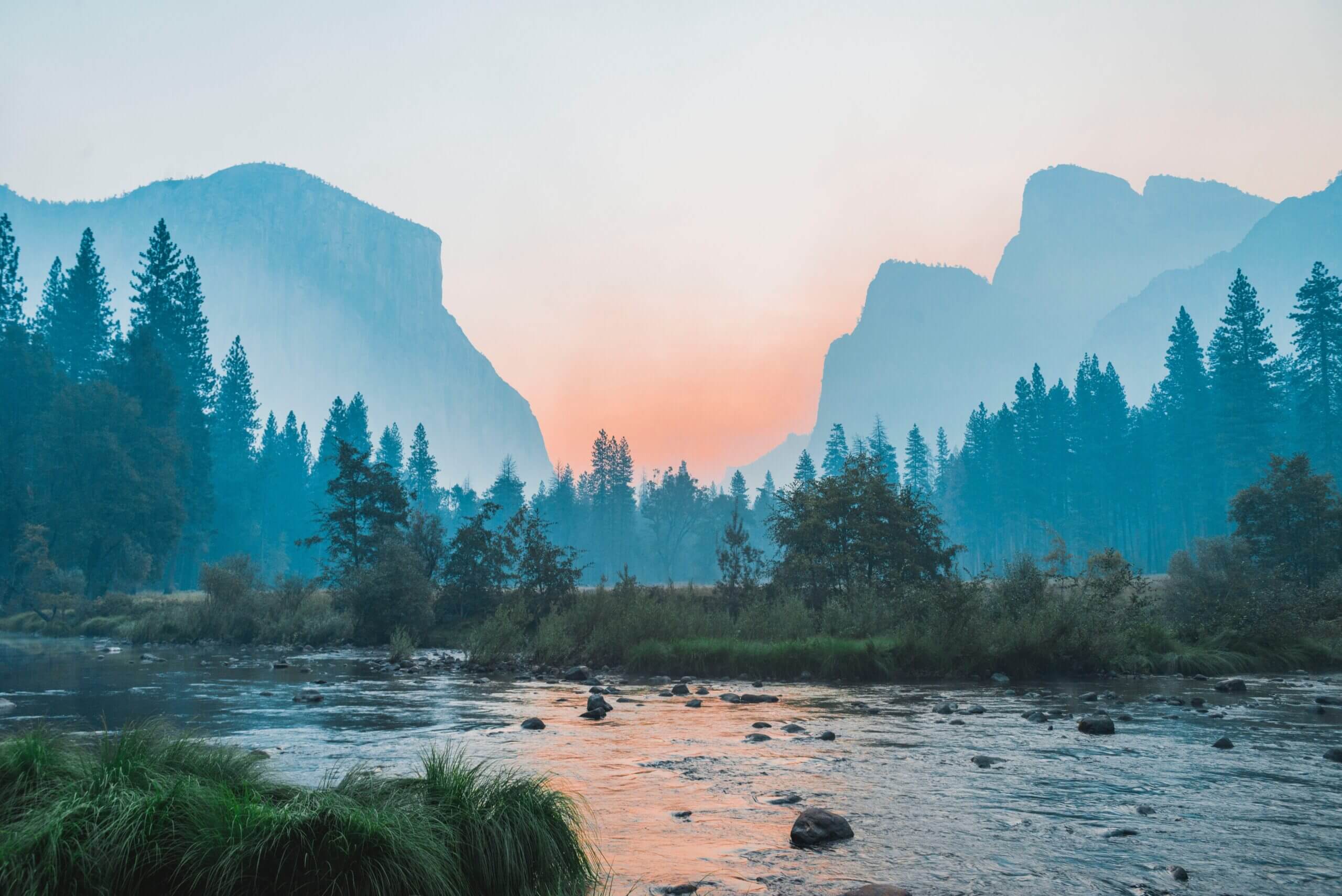Mastering Composition with the Rule of Thirds
The rule of thirds is a basic principle of photography that suggests that an image can be divided into nine equal parts by two equally-spaced horizontal lines and two equally-spaced vertical lines. The theory is that if you place points of interest along these lines, or at the intersections of them, your photo will be more balanced and will have more visual interest.
To use the rule of thirds in your photography, try aligning the main subject or points of interest along one of the horizontal lines or at one of the intersections of the grid. This can help create balance and visual interest in the photo.
For example, if you are taking a photo of a person, you might place their eyes along one of the horizontal lines, rather than centering their face in the frame. If you are taking a landscape photo, you might align the horizon along one of the horizontal lines, rather than placing it in the center of the frame.
The rule of thirds can also be useful when composing photos with leading lines, such as a road or a fence. By aligning the lines along one of the horizontal lines or at one of the intersections of the grid, you can create a more dynamic and interesting composition.
It’s important to note that the rule of thirds is just a guideline, and it’s not always necessary or appropriate to follow it in every situation. Sometimes, centering the subject or placing the horizon in the center of the frame can create a more effective composition. The key is to experiment with different compositions and to see what works best for your particular subject and situation.
In addition to the rule of thirds, there are other composition techniques that you can use to create more dynamic and interesting photos. These techniques include leading lines, framing, symmetry, and pattern. By incorporating these techniques into your photography, you can create more engaging and visually appealing photos.
Overall, the rule of thirds is a useful guideline for creating balanced and visually interesting compositions in your photography. By aligning your subjects and points of interest along the lines and intersections of the grid, you can create more dynamic and engaging photos.







